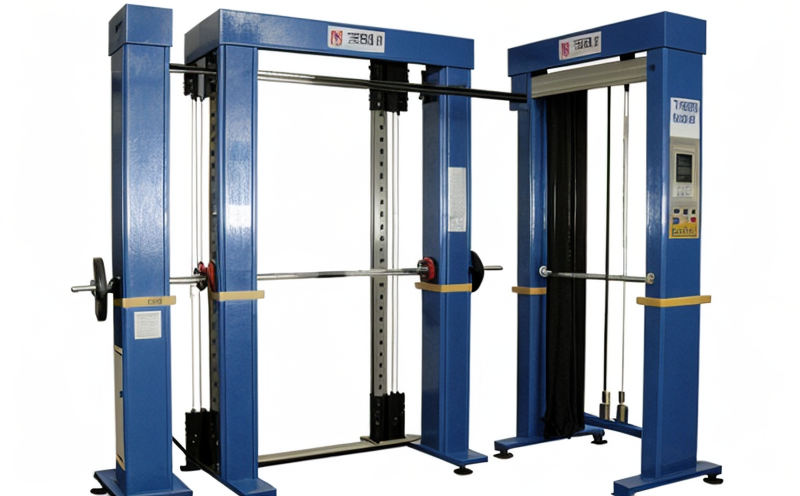Dimensional stability testing of fabrics in real use conditions
Dimensional stability is a critical property that ensures fabric integrity and performance over time. This service involves subjecting textiles to controlled environmental conditions that replicate real-use scenarios, thereby evaluating their resistance to changes in dimensions such as shrinkage or stretching under stress. Fabric shrinkage can significantly impact the fit and appearance of garments, especially in the clothing sector where dimensional accuracy is paramount.
Testing is conducted using sophisticated equipment capable of simulating a range of conditions—temperature, humidity, washing cycles, and mechanical stresses—that fabrics might encounter during their lifecycle. For instance, this could involve exposing samples to high-heat washes or prolonged exposure to sunlight. The results provide valuable insights into how the fabric will perform under real-world use, helping manufacturers make informed decisions about material selection.
The testing process begins with careful specimen preparation. Samples are cut and prepared according to ISO standards (e.g., ISO 13938-2) ensuring uniformity across all samples. Once prepared, the fabrics undergo a series of controlled environmental conditions designed to mimic specific use cases. This includes temperature-controlled chambers for heat exposure or specialized washing machines that replicate commercial laundry processes.
For weavers and textile manufacturers, this service offers essential data on fabric behavior under stress, which is vital for quality control during production and assurance of product consistency across batches. It also aids in the development of new materials by identifying potential issues early in the design phase. In compliance roles, it ensures adherence to industry standards like ISO 14972, ensuring that products meet safety and performance expectations.
Real-world applications are diverse, ranging from high-performance sports wear requiring durability through rigorous use to casual clothing needing consistent fit after multiple washes. By understanding how fabrics behave under these conditions, brands can optimize their product offerings, enhancing customer satisfaction while maintaining brand integrity.
| Industry | Application |
|---|---|
| Clothing & Apparel | Evaluating fabric durability in garments subjected to frequent washing. |
| Automotive | Testing upholstery fabrics for resistance to temperature and humidity changes. |
| Furniture | Assessing fabric resilience in home furnishings exposed to environmental variations. |
| Advantage | Description |
|---|---|
| Enhanced Customer Satisfaction | Products that maintain their shape and fit over time, leading to higher customer retention. |
| Avoidance of Quality Issues | Identifying and rectifying material issues before they affect end products. |
| Compliance with Standards | Maintaining regulatory compliance through consistent testing that meets international standards. |
Industry Applications
The textile industry relies heavily on dimensional stability testing to ensure product quality and durability. This service is particularly crucial for sectors like clothing, automotive upholstery, and furniture manufacturing.
- Clothing & Apparel: Evaluating fabric durability in garments subjected to frequent washing.
- Automotive: Testing upholstery fabrics for resistance to temperature and humidity changes.
- Furniture: Assessing fabric resilience in home furnishings exposed to environmental variations.
Environmental and Sustainability Contributions
Dimensional stability testing plays a significant role in promoting sustainability within the textile industry. By ensuring that fabrics maintain their integrity over time, this service helps reduce waste by extending product lifespans. This not only benefits consumers but also contributes to environmental conservation efforts.
- Reduces resource consumption: Longer-lasting products mean less frequent replacements, saving raw materials and energy.
- Promotes recycling: Products that maintain their shape are more likely to be recycled rather than discarded.
- Increases customer satisfaction: Satisfied customers are less inclined to discard products early, leading to reduced landfill waste.
Competitive Advantage and Market Impact
Evaluating fabric dimensional stability under real-use conditions provides significant competitive advantages. It allows companies to identify potential issues early in the design process, enabling them to innovate and improve product quality.
- Predictive Testing: Identifying material weaknesses before they become costly production errors.
- Enhanced Product Quality: Ensuring that products meet high standards of durability and performance.
- Increased Efficiency: Streamlining the development cycle by eliminating redundant testing phases.





